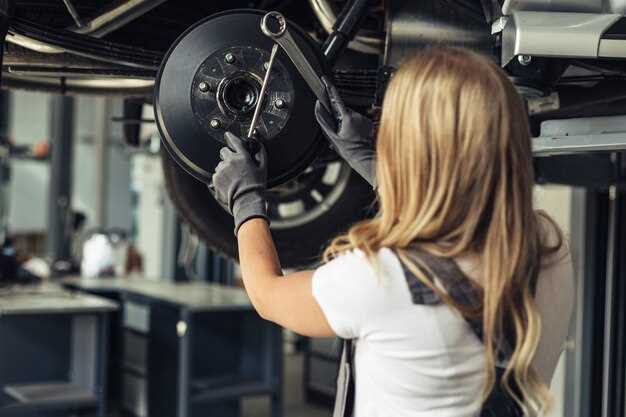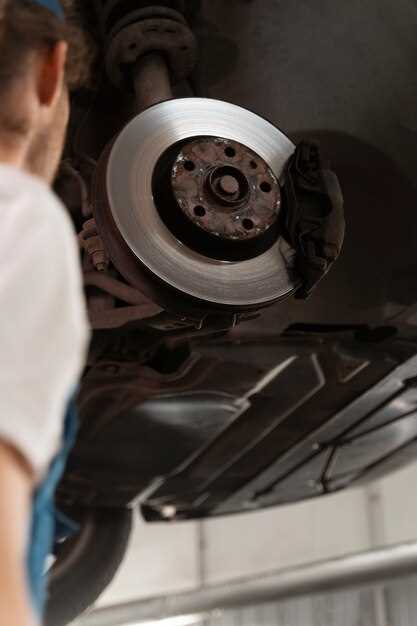
When it comes to enhancing your vehicle’s performance, one of the most impactful modifications you can make is upgrading the exhaust system. A well-designed exhaust system not only improves engine efficiency but also contributes to a more exhilarating driving experience. Understanding the different types of exhaust systems available and how they interact with your vehicle’s engine is crucial to making an informed decision.
The primary purpose of an exhaust system is to channel exhaust gases away from the engine, ensuring it operates smoothly and efficiently. However, the right system can also amplify horsepower and torque, improve fuel economy, and enhance the overall sound of your vehicle. When choosing an exhaust system, you should consider factors such as your driving style, local noise regulations, and the type of performance you expect from your vehicle.
In this article, we will explore various types of exhaust systems, including cat-back, axle-back, and header systems, along with their unique benefits and drawbacks. We will also delve into material options, sound preferences, and tips for installation, all aimed at helping you select the best exhaust system tailored to your needs. Whether you are a seasoned car enthusiast or a novice looking to make your first upgrade, understanding these elements will guide you in optimizing your vehicle’s performance.
Evaluating Your Vehicle’s Performance Needs
When selecting an exhaust system, it is crucial to first assess your vehicle’s performance requirements. Begin by identifying the primary purpose of your vehicle. Are you using it for daily commuting, off-road adventures, or competitive racing? Each application demands a different approach to performance enhancements.
Next, consider your vehicle’s engine size and type. Larger engines typically benefit from high-performance exhaust systems that can enhance airflow, while smaller engines might require more specific tuning to avoid excessive noise or back pressure. Understanding your engine’s performance characteristics helps determine the ideal system for efficiency and power output.
Evaluate the power goals you wish to achieve. If you seek modest improvements, a cat-back system might suffice. However, for those aiming for significant horsepower and torque increases, a full exhaust replacement with headers may be necessary. It’s essential to align your exhaust system choice with your performance objectives.
Additionally, take into account any modifications already made to your vehicle. Upgrades such as aftermarket intakes, turbochargers, or superchargers can significantly influence exhaust flow requirements. Ensure the new system complements these modifications to maintain optimal performance.
Lastly, don’t overlook noise levels. Different exhaust systems produce varying sounds, and regulations may dictate acceptable noise limits in your area. Balancing performance and sound preference is vital to achieving an overall satisfying driving experience.
Understanding Different Types of Exhaust Systems

There are several types of exhaust systems available for vehicles, each designed to serve specific purposes and cater to various performance needs. Understanding these options can help you make an informed decision tailored to your driving style and vehicle requirements.
One of the most common types is the cat-back exhaust system. This system replaces the exhaust components from the catalytic converter back to the tailpipe. It typically includes a larger diameter pipe, which enhances exhaust flow, reduces back pressure, and improves overall performance. Cat-back systems are popular for those seeking a balance between performance gains and moderate sound enhancement.
The header exhaust system is another option, focusing on maximizing engine efficiency. This system replaces the factory exhaust manifold with individual headers, designed to optimize exhaust flow and improve horsepower. Headers can significantly boost performance, especially in high-performance vehicles. However, they can produce a louder exhaust note, which might not be suitable for everyone.
Turbo-back exhaust systems are specifically tailored for turbocharged vehicles. This configuration replaces the entire exhaust system, from the turbocharger to the tailpipe. It is designed to increase performance by reducing restrictions and enhancing turbo spool. Turbo-back systems can provide significant power improvements but may also require additional tuning.
Axle-back exhaust systems are a more localized modification, focusing on the section between the rear axle and the exhaust tip. This option primarily alters sound rather than performance, making it ideal for those looking to enhance their vehicle’s sound without extensive modifications. Axle-back systems are often easier to install and may be more budget-friendly than full systems.
Lastly, there are high-performance exhaust systems, which are engineered for racing or high-output applications. These systems often use lightweight materials and innovative designs to maximize performance. While these systems can deliver significant increases in horsepower, they are typically not legal for street use and are designed solely for competitive environments.
When selecting an exhaust system, consider your vehicle’s purpose, desired sound levels, and performance goals. Each type has its advantages and limitations, making it essential to align your choice with your expectations.
Installation Considerations and Tips for Maintenance

When it comes to installing an exhaust system, several key factors contribute to optimal performance and longevity. First, always ensure that you have the right tools for the job, including a jack, jack stands, wrenches, and clamps. A reliable lift can significantly ease the installation process, providing better access to the undercarriage.
Before beginning the installation, it’s crucial to review the manufacturer’s instructions thoroughly. Each exhaust system may have specific steps that vary by design and vehicle make. A clean work area helps facilitate the process, avoiding unnecessary delays and ensuring that all parts can be accounted for.
While removing the old exhaust, carefully inspect the connections to prevent damage to surrounding components. Use penetrating oil on bolts and clamps that may be rusted or corroded, as this can ease the removal process. Furthermore, consider replacing old gaskets and hangers during installation to avoid leaks and ensure a secure fitting.
Once the new system is in place, verify all connections are tight and properly aligned. This minimizes any chances of exhaust leaks while also ensuring that the exhaust system operates efficiently. Take the time to double-check clearance with suspension and drivetrain components, especially on lowered vehicles, to prevent any contact that could lead to damage.
Maintenance is equally important for ensuring the longevity of your exhaust system. Regularly inspect the system for signs of rust, cracks, or any leaks. Pay close attention to joints and connections, as these areas are particularly susceptible to wear. Cleaning the exhaust system periodically can help prevent buildup and corrosion, especially if you live in a region with harsh weather conditions or where road salt is used.
It is advisable to schedule a professional inspection if you notice unusual sounds or a drop in performance, as these can be indicators of underlying issues. Additionally, ensure that your hangers and mounts are intact, as these components support the entire system and can affect alignment and vibration if damaged.
Finally, maintaining a clean and efficient engine can also prolong the life of your exhaust system. Regular oil changes and keeping your engine tuned will reduce the amount of harmful emissions and carbon buildup that can affect the exhaust system. By following these tips, you can maximize the life and performance of your vehicle’s exhaust system.

